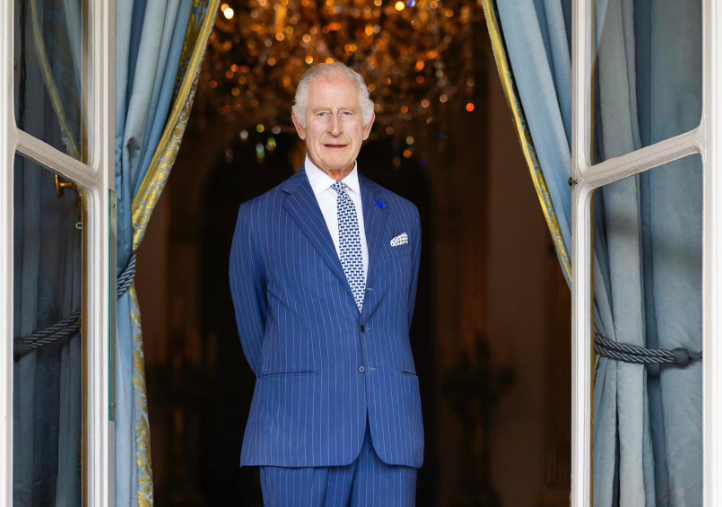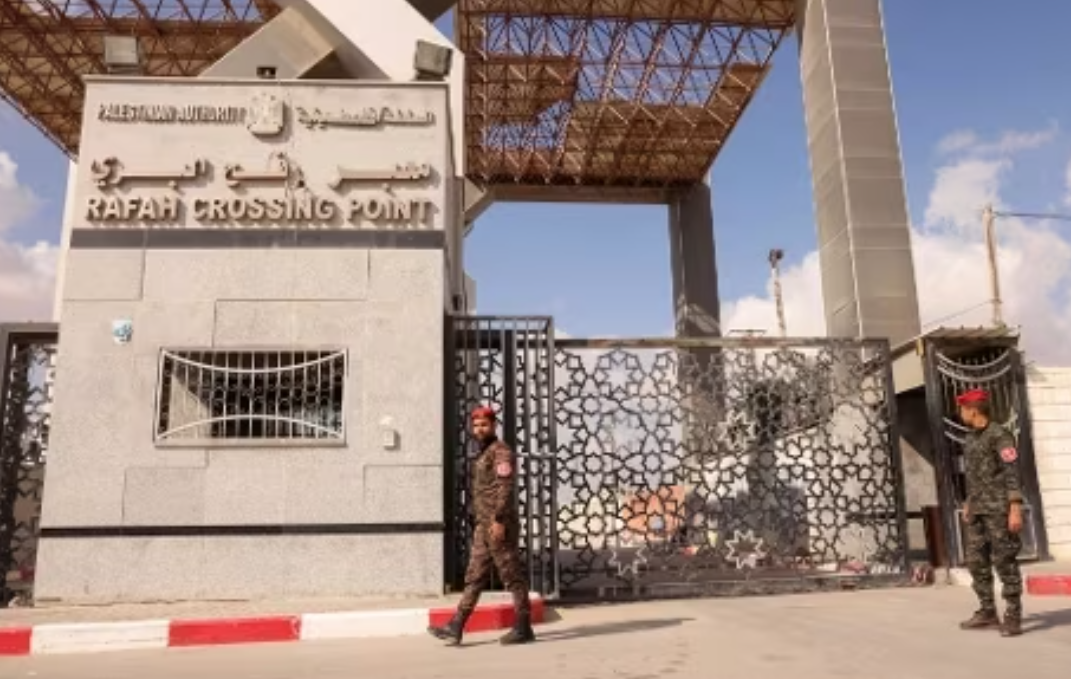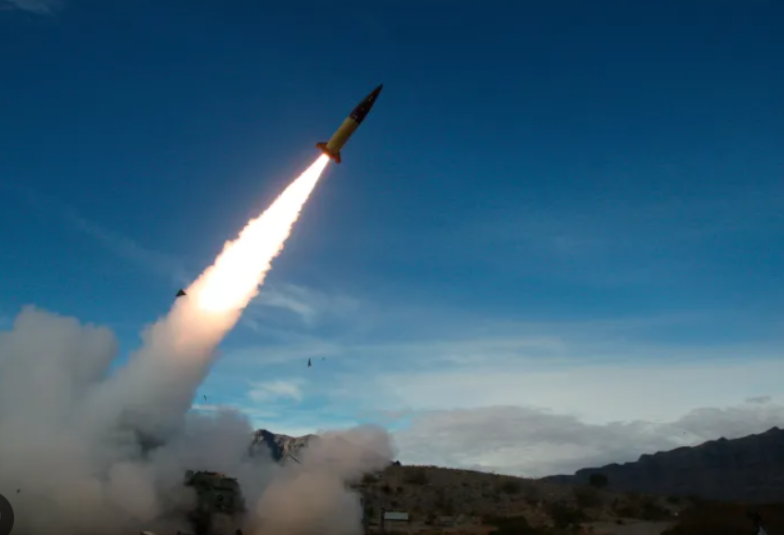[ad_1]
SEOUL/WASHINGTON (Reuters) – North Korea said it successfully tested its most advanced intercontinental ballistic missile yet on Wednesday, putting the U.S. mainland within range and increasing pressure on U.S. President Donald Trump to deal with the nuclear-armed nation.
Trump, who has vowed to halt North Korea’s nuclear and missile programs, spoke with Chinese President Xi Jinping on Wednesday and urged Beijing to rein in its ally North Korea.
North Korea said the new missile reached an altitude of about 4,475 km (2,780 miles) – more than 10 times the height of the International Space Station – and flew 950 km (590 miles) during its 53-minute flight.
It flew higher and longer than any North Korean missile before, landing in the sea near Japan. Experts said the new “Hwasong-15” missile theoretically gave North Korea the ability to hit the U.S. mainland, including the East Coast, although it was not clear whether it could carry a nuclear weapon.
North Korea, which conducted its largest nuclear bomb test in September, has tested dozens of ballistic missiles under its leader, Kim Jong Un, in defiance of international sanctions.
“After watching the successful launch of the new type ICBM Hwasong-15, Kim Jong Un declared with pride that now we have finally realized the great historic cause of completing the state nuclear force, the cause of building a rocket power,” according to a statement read by a North Korean television presenter.
Previous U.S. administrations have failed to stop North Korea from developing nuclear weapons and a sophisticated missile program. Trump has also struggled to contain Pyongyang since he came to office in January.
The Republican president on Wednesday again urged China to use its leverage on North Korea and promised more sanctions against the isolated country, two strategies that have borne little fruit so far.
“Just spoke to President Xi Jinping of China concerning the provocative actions of North Korea. Additional major sanctions will be imposed on North Korea today. This situation will be handled!” Trump wrote on Twitter.
China, the North’s sole major ally, has so far refrained from taking some of the most drastic steps against North Korea, such as imposing an oil embargo.
White House spokeswoman Sarah Sanders said the U.S. sanctions would come very soon and would add “maximum pressure on North Korea.”
The latest missile was fired a week after Trump put North Korea back on a U.S. list of countries it says support terrorism, allowing it to impose more sanctions.
North Korean state media said the missile was launched from a newly developed vehicle and that the warhead could withstand the pressure of re-entering the atmosphere, which if confirmed would be an important technical advance.
Kim personally guided the test and said the new launcher was “impeccable”, state media said. He described the new vehicle as a “breakthrough”.
North Korea also described itself as a “responsible nuclear power”, saying its strategic weapons were developed to defend itself from “the U.S. imperialists’ nuclear blackmail policy and nuclear threat”.
The U.N. Security Council was scheduled to meet on Wednesday to discuss the launch.
Many nuclear experts say the North has yet to prove it has mastered all technical hurdles, including the ability to deliver a heavy nuclear warhead reliably atop an ICBM, but it was likely that it soon would.
“We don’t have to like it, but we’re going to have to learn to live with North Korea’s ability to target the United States with nuclear weapons,” said Jeffrey Lewis, head of the East Asia Nonproliferation Program at the Middlebury Institute of Strategic Studies.
‘THREATEN EVERYWHERE’
U.S., Japanese and South Korean officials all agreed the missile, which landed within Japan’s exclusive economic zone, was likely an ICBM.
“It went higher, frankly, than any previous shot they’ve taken, a research and development effort on their part to continue building ballistic missiles that can threaten everywhere in the world, basically,” U.S. Defense Secretary Jim Mattis told reporters at the White House.
Trump, who was briefed on the missile while it was in flight, said it did not change his administration’s approach to North Korea, which has included new curbs to hurt trade between China and North Korea.
Washington has said repeatedly that all options, including military ones, are on the table in dealing with North Korea while stressing its desire for a peaceful solution.
“Diplomatic options remain viable and open, for now,” Tillerson said in a statement on Tuesday, adding that additional measures should be taken like enhancing maritime security, including the right to interdict maritime traffic traveling to North Korea.
Tillerson said on Wednesday the United States has “a long list of additional potential sanctions, some of which involve potential financial institutions, and the Treasury Department will be announcing those when they’re ready to roll those out.”
U.S. EAST COAST IN RANGE?
The new Hwasong-15, named after the planet Mars, was a more advanced version of an ICBM tested twice in July, North Korea said. It was designed to carry a “super-large heavy warhead”.
Based on its trajectory and distance, the missile would have a range of more than 13,000 km (8,100 miles) – more than enough to reach Washington D.C. and the rest of the United States, the U.S.-based Union of Concerned Scientists said.
However, it was unclear how heavy a payload the missile was carrying, and it was uncertain if it could carry a large nuclear warhead that far, the nonprofit science advocacy group added.
Minutes after the North fired the missile, South Korea’s military said it conducted a missile-firing test in response.
The test comes less than three months before South Korea hosts the Winter Olympics at a resort just 80 km (50 miles) from the heavily fortified border with the North.
North Korea has said its weapons programs are a necessary defense against U.S. plans to invade. The United States, which has 28,500 troops in South Korea as a legacy of the 1950-53 Korean War, denies any such intention.
Last week, North Korea denounced Trump’s decision to relist it as a state sponsor of terrorism, calling it a “serious provocation and violent infringement”.
Trump has traded insults and threats with Kim and warned in September that the United States would have no choice but to “totally destroy” North Korea if forced to defend itself or its allies.
Reporting by Christine Kim and Soyoung Kim in Seoul, Linda Sieg, William Mallard, Timothy Kelly in Tokyo, Mark Hosenball, John Walcott, Steve Holland, Susan Heavey and Tim Ahmann, Makini Brice in Washington, Michelle Nichols at the United Nations and Michael Martina in Beijing; Writing by Yara Bayoumy and Lincoln Feast; Editing by Nick Macfie and Alistair Bell
[ad_2]
Source link







Leave a Reply